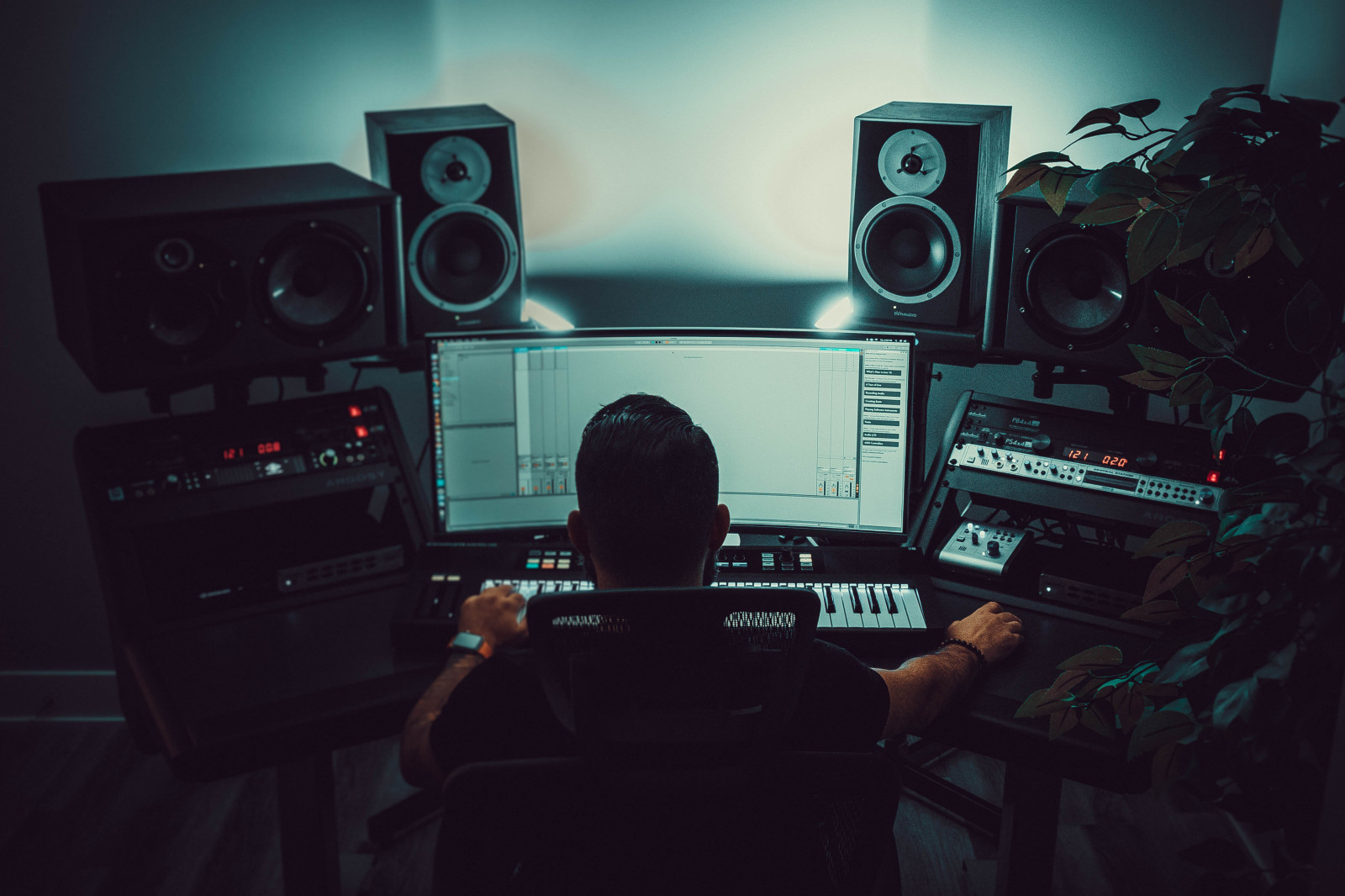The future of entertainment lies in collaborating with audiences themselves

Photo: Troy T

After two years of the Covid boom, the tide that buoyed tech and digital entertainment companies has begun to recede. The likes of Meta, Netflix, and even Apple and Alphabet have all seen stock dips, largely due to inflation and market uncertainty. However, with AI now in the peak of its hype and audiences proving to be keen adopters, it is evident that there may be something bigger afoot.
Taking a step back, it was clear well before the pandemic that we had reached ‘attention saturation’: audiences were out of time to spend on more entertainment. Lockdowns changed this by adding those hours back in, and the ‘new normal’ of remote working has meant some additional flexibility remained (although, counterintuitively, work-from-home audiences spend less time on entertainment than commuters). Despite this, however, the growth of content available has far outpaced that expanded spare time, with new streaming services having launched, thousands of new artists competing for share of ear on music platforms (‘artists direct’, or those who release on their own without use of a label, are the fastest-growing segment of the music industry), and games, which are highly time-intensive, growing ever more prominent in culture. Moreover, social platforms are increasingly eating into this time as well, with the likes of TikTok and Instagram taking the role of content platforms rather than simply social networks*.
Competition is fierce, yes. But to view this as simply a complication, in which traditional methods will suffice to win (marketing better, making fan-appealing content, etc.), is to overlook the most important change this has wrought. It has affected audiences themselves, and the way they think, feel, and interact with entertainment. AI may exacerbate this, but it certainly did not start it.
Entertainment of all types has become so affordable, accessible, and plentiful that audiences now view it as a normal commodity that can be interwoven at practically any point of their days. They not only like it, they expect it. There is a sense of individual ownership that is inherent in personalisation: my playlists, my recommended shows. And now, with creator tools available on social platforms and as standalone apps, and with AI enabling ever more precise control and creativity, this sense of ownership is extending to the creation of entertainment itself.
Featured Report
India market focus A fandom and AI-forward online population
Online Indian consumers are expected to be early movers. They are high entertainment consumers, AI enthusiasts, and high spenders – especially on fandom. This report explores a population that is an early adopter, format-agnostic, mobile-first audience, with huge growth potential.
Find out more…The role of AI is a difficult conundrum to solve for the music industry in particular; the host of Drake bots, for example, are a clear-cut case for Universal, but less so when AI tools are used to enhance music creation. Yet with Grimes now inviting audiences to use her AI-generated voice to create their own music, even floating the idea of releasing the raw files for them to use, there is another perspective emerging entirely: music as a co-creative process between artist and audience. This was already the case to an extent on platforms like TikTok, with artists releasing partially-written tracks, incorporating fan feedback and sometimes even their additions – but everything always came back to the creative control of the individual artist. With Grimes’ suggestion, even this would be done away with. She offers a 50% royalty split with whoever creates a successful track using her AI-generated voice, effectively turning her voice into an instrument for them to use while retaining copyright of it.
This model would not work with the current rights system for most artists (and even Grimes admits there might be complications), but it offers a view of how audiences are now comfortable thinking about entertainment: as something for them to play with and contribute to. Music is the most in-depth example, but with instances already emerging in video as well, with the AI Seinfeld on Twitch (which has since been taken down), and creativity-minded audiences already accustomed to creating videos with platforms like TikTok and YouTube, it is only a matter of time before audience-level video creation using AI takes off. In every instance, at the moment, it is only social content platforms that are positioned to gain from this trend – as they are the only places where audiences can conduct this interactive, iterative process of collaboration.
Social platforms are hardly just social, and the content on them is more than just packaged content: they are creative interfaces where audiences can engage however they like, with pretty much anything, in an ‘act first, apologise later’ approach. Co-creative activity is becoming normalised among digital-native audiences, and in fact mirrors how entertainment was prior to the 20th century, when it was able to be packaged and sold. Theatres always had applause (and often heckling); music was played together in communal spaces, both well and badly. Games were played with groups of friends, which the games industry today has effectively incorporated; the music industry has failed to replicate this social element, and audiences are now rebuilding it themselves with the new tools available to them. The future of entertainment lies in collaborating with audiences, not just serving content to them, and it will happen whether entertainment companies are able to keep up or not.
*MIDiA will be publishing a report delving into the competition of social platforms on the 1st of May – watch this space!

The discussion around this post has not yet got started, be the first to add an opinion.